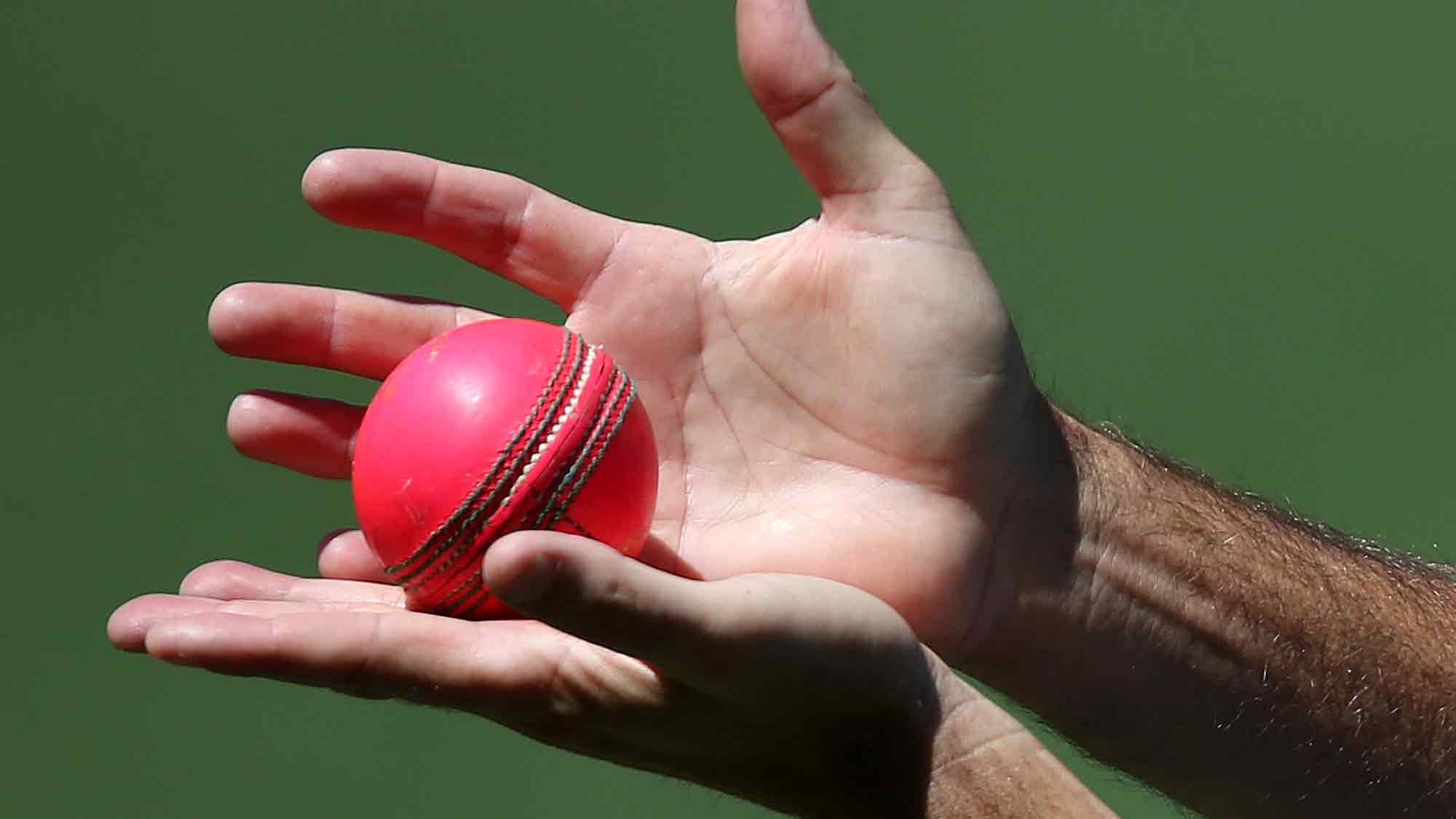6 Things You Need to Know About the Australia-NZ Day-Night Test
Find out what Arun Gopalakrishanan has to say about the Pink ball Test between Australia and New Zealand.

advertisement
Why a Day & Night Test Match?
Cricket administrators around the world have been a worried lot in recent times with dwindling spectators at venues. With the advent of Twenty20 cricket, the number of spectators walking through the turnstiles for Test matches has dropped further, prompting administrators to find ways to draw more people to the grounds.
The Day and Night Test match is an attempt by administrators to draw many more bums on seats and create more interest for this format; the attempt is being made to give people the chance to come over to watch Test cricket at the venue after school or work, and for people to follow the most part of the game on television even on a working day.
Why a Pink ball?
The challenge for administrators was to find a ball which could be spotted by all parties involving umpires, players, spectators in the stands and the television personnel during play under natural light, during the twilight period and when the floodlights are switched on.
Cricket boards, ball manufacturers and players conducted several experiments, which included trying out a yellow ball, an orange ball and a pink ball. It was eventually arrived at that the pink ball was best suited for use since it retained most of the important characteristics – including the hardness, shape and visibility.
What Else Should One Know?
The match is scheduled to start at 1400Hrs local time (0900Hrs IST / 0330Hrs GMT). The traditional meal and tea intervals have been reorganised for this particular Test match; the first scheduled interval will now be the Tea break, taken at 1600Hrs local time and the second interval – now the supper break – will be taken at 1820Hrs.
Scheduled Hours of Play
First session: 2pm-4pm (0900Hrs IST – 1100Hrs IST)
Tea interval: 4pm-4.20pm (1100Hrs IST – 1120Hrs IST)
Second session: 4.20pm-6.20pm (1120Hrs IST – 1320Hrs IST)
Supper interval: 6.20pm-7pm (1320Hrs IST – 1400Hrs IST)
Third session: 7pm-9pm (1400Hrs IST – 1600Hrs IST)
The supper interval has been scheduled such that players will stay off the period for most part of the twilight period, which is considered the most challenging period. It is during the twilight period that players and spectators have had difficulties sighting the ball and it is during this brief period that the pink ball tends to do a lot more during than normally.
Further, in order for the ball to retain its colour, Cricket Australia and the curator at Adelaide, Damian Hough, have left more than the usual amount of grass on the pitch.
Do The Players Have Prior Experience of Playing With a Pink Ball?
All the 13 players named in the Australian squad for the Adelaide Test have played in pink ball Sheffield Shield matches earlier this season. The Kiwis meanwhile played a warm-up match against a Western Australia XI in the lead up to this Test match where the pink ball was used.
What to Expect?
The last six Sheffield Shield matches played with the pink ball have ended in outright wins. Taking cue from that history, and the fact that there will be plenty of grass on the surface, one should expect the Adelaide Test to end with a definite result.
It has also been observed in recent matches that the pink ball tends to behave a little differently under lights – swinging significantly more at twilight, and hence one must not be surprised if either captain comes up with an unusual tactical declaration around that time.
Given reports that the pitch will have plenty of grass, one can expect the batsmen to work hard for their runs. However, if scores from recent games are any indication, one can expect set-batsmen to make big hundreds. It has also been observed that batsmen have struggled to pick the seam of the ball, thereby giving bowlers – quicks and spinners alike – the chance to deceive the batsmen in the air.
(At The Quint, we question everything. Play an active role in shaping our journalism by becoming a member today.)